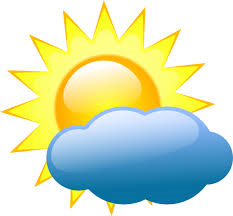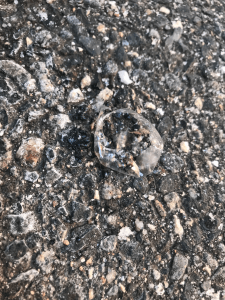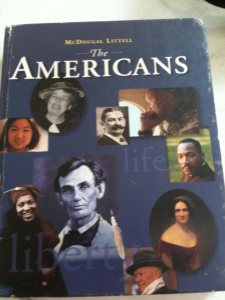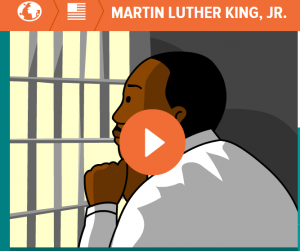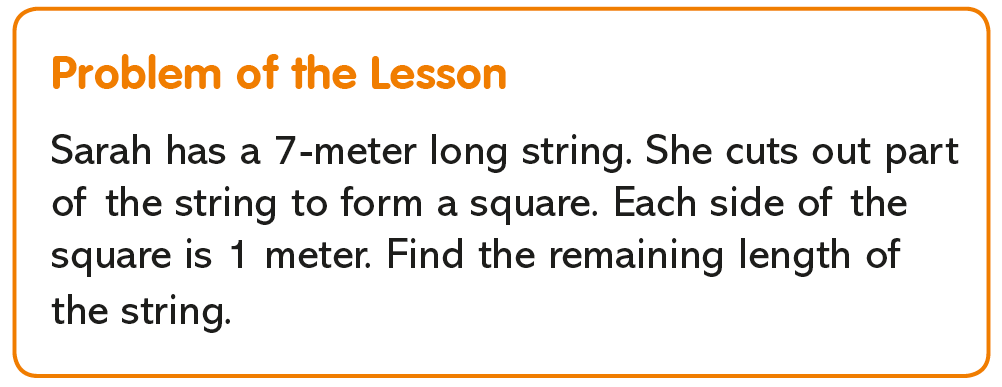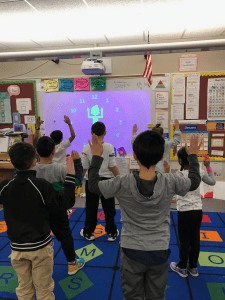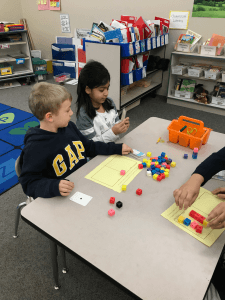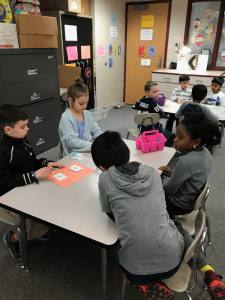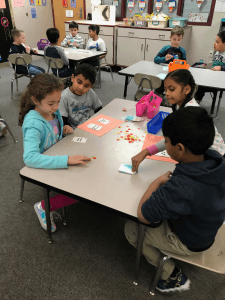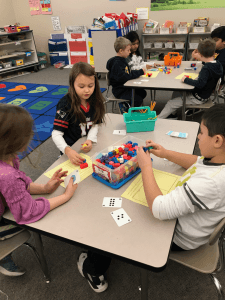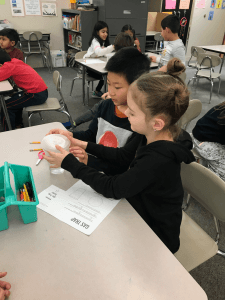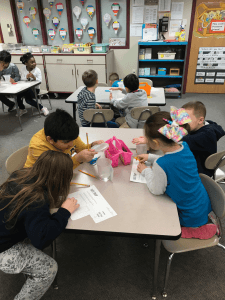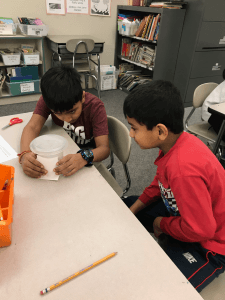Posted by kavery508 | Posted in Uncategorized | Posted on January 28, 2019
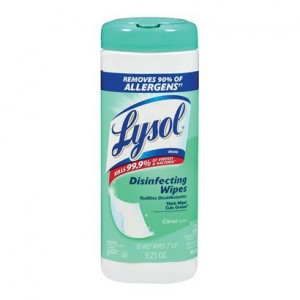 Germ fighter’s report: Thank you for keeping us healthy by teaching your kids good hygiene and sending supplies! At this time we’re in need of antibacterial wipes for our tables so we can stave off winter’s illnesses. Please send in a tub or two, and thanks!
Germ fighter’s report: Thank you for keeping us healthy by teaching your kids good hygiene and sending supplies! At this time we’re in need of antibacterial wipes for our tables so we can stave off winter’s illnesses. Please send in a tub or two, and thanks!
 Valentine’s Day is coming! We will exchange valentines in class on Thursday, 2/14. If your child brings valentines in for classmates, please be sure there is one for everyone. There are currently 22 students in our class. Refer to our class list sent home if your child wishes to personalize valentines with names. Of course, hand-made ones are welcome as well as store-bought! Please be sure no food (including candy) is attached per our district policy, and thanks!
Valentine’s Day is coming! We will exchange valentines in class on Thursday, 2/14. If your child brings valentines in for classmates, please be sure there is one for everyone. There are currently 22 students in our class. Refer to our class list sent home if your child wishes to personalize valentines with names. Of course, hand-made ones are welcome as well as store-bought! Please be sure no food (including candy) is attached per our district policy, and thanks!
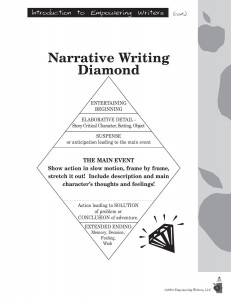 In writing this week, students will learn about the heart of writing narratives: the Main Event. This is where the young author should really stretch out the action and take the reader step-by-step through the event.
In writing this week, students will learn about the heart of writing narratives: the Main Event. This is where the young author should really stretch out the action and take the reader step-by-step through the event.
Consider how a good writer would tell about the following video. Instead of this: “I picked up the bat. The pitcher threw. I hit it,” good writing should sound more like this: “I grabbed the long, wooden bat and swung it up to my shoulder. The pitcher went through his warmup, smacking the ball in his glove to try to shake me. I dug my white high-tops into the dusty ground to show him I meant business.” See how the latter puts the reader in the picture? Try making up your own narrative to go with the video!
 Solving real world problems with measurement is the focus of this week’s math lessons. Consider the following problem. Kids are being asked to think about distance as a quantity expressed in units of measurement–but the process of problem solving remains the same (Understand; Represent; Solve; Check):
Solving real world problems with measurement is the focus of this week’s math lessons. Consider the following problem. Kids are being asked to think about distance as a quantity expressed in units of measurement–but the process of problem solving remains the same (Understand; Represent; Solve; Check):
In science, students are learning to define a problem, create models, test and review ideas, and refine their thinking! We are designing solutions for how to keep a house from blowing away during a windstorm. Here are some shots of us in action:

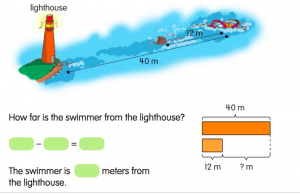
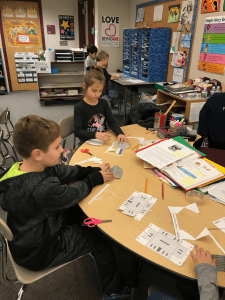
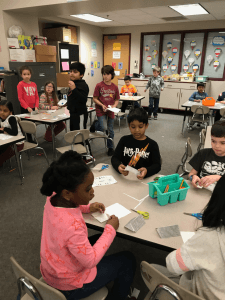
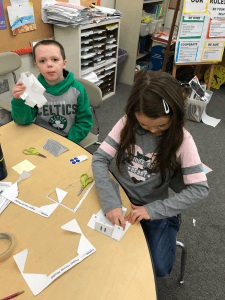
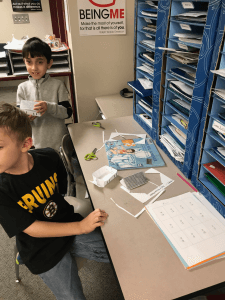
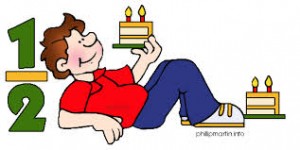
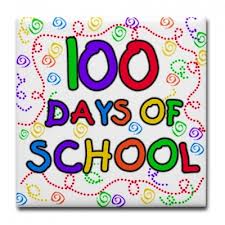

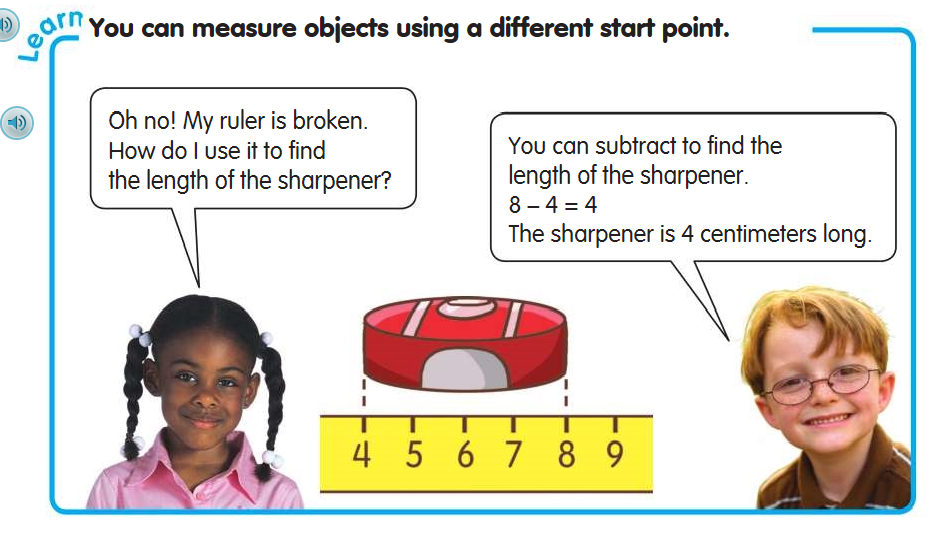 This week’s math introduces students to a new concept in measurement: the broken ruler. Check out the example above. Here, students are being taught to develop an understanding of length that goes beyond lining up a ruler at “0” and reading the number at the end. You will see examples of it on this week’s homework. Students need to count the centimeters when measuring and comparing in order to understand what the numbers involved mean in terms of length. We will also be learning to represent lengths using bar models. For a reminder, see the bar modeling section of the homework packet from chapter 4.
This week’s math introduces students to a new concept in measurement: the broken ruler. Check out the example above. Here, students are being taught to develop an understanding of length that goes beyond lining up a ruler at “0” and reading the number at the end. You will see examples of it on this week’s homework. Students need to count the centimeters when measuring and comparing in order to understand what the numbers involved mean in terms of length. We will also be learning to represent lengths using bar models. For a reminder, see the bar modeling section of the homework packet from chapter 4.